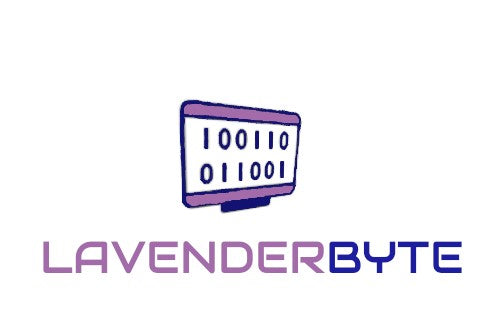Data Structures
What are Data Structures?
- Ways of organising and storing data in a computer so it can be accessed and modified efficiently.
- Different data structures are used for different types of tasks, each with its own strengths and weaknesses.
Components:
Stacks
|
Queues
Example:
|
Trees
Example:
Types of Trees:
Binary Tree:
|
Understanding stacks, queues, trees and other data structures is essential for effective problem-solving and efficient programming.
These fundamental concepts are widely applicable in software development and various computational tasks.



